A comprehensive guide to the art of moving plants
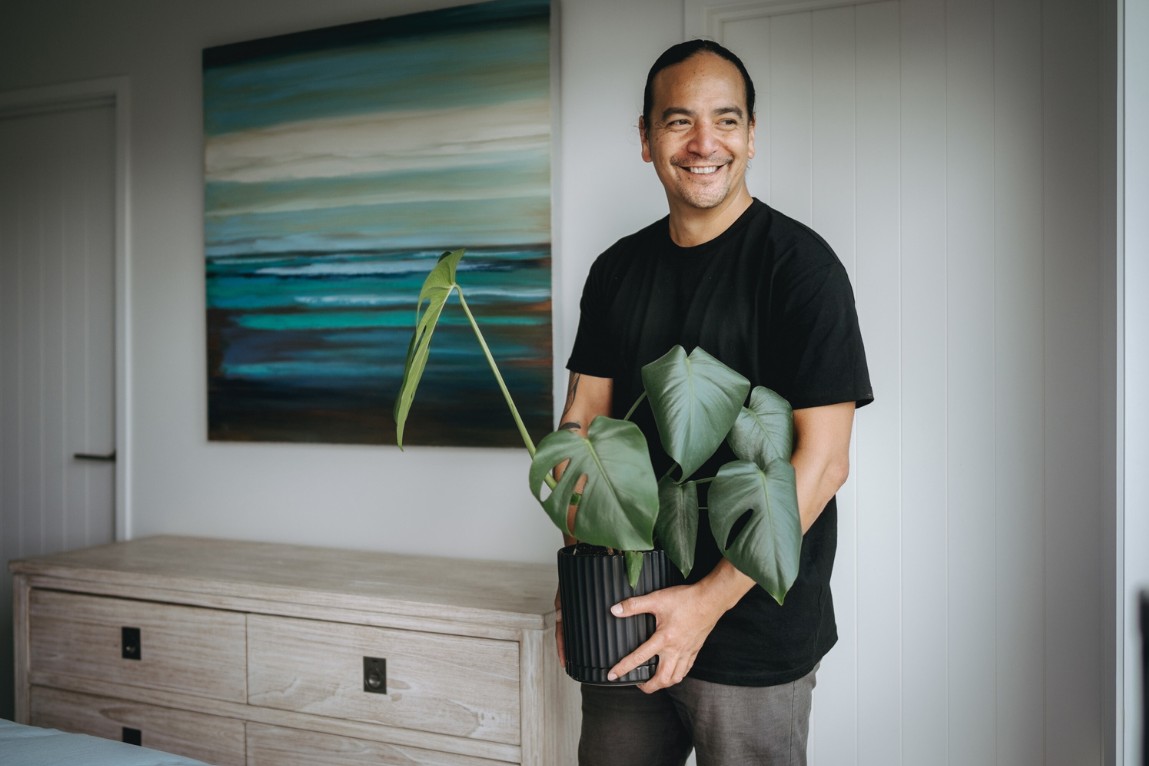
Moving house is a major event, and your cherished plants need special care to arrive healthy and ready to thrive. From delicate hanging plants to the sturdy trunks of potted trees, these green friends add life to your home and deserve the same care during the move.
In this guide, we’ll walk you through every step, from understanding plant stress to sustainable packing and unpacking techniques. Whether you’re crossing a few streets or state lines, read on for tips to ensure your plants stay as vibrant and healthy as the day they started their journey.
Understanding plant stress during relocation
Plants, like humans, can experience stress when their surroundings change abruptly. Symptoms such as wilting, leaf drop, or stunted growth highlight the need for careful preparation and care during the moving process. Here’s how to prepare your plants for the journey.
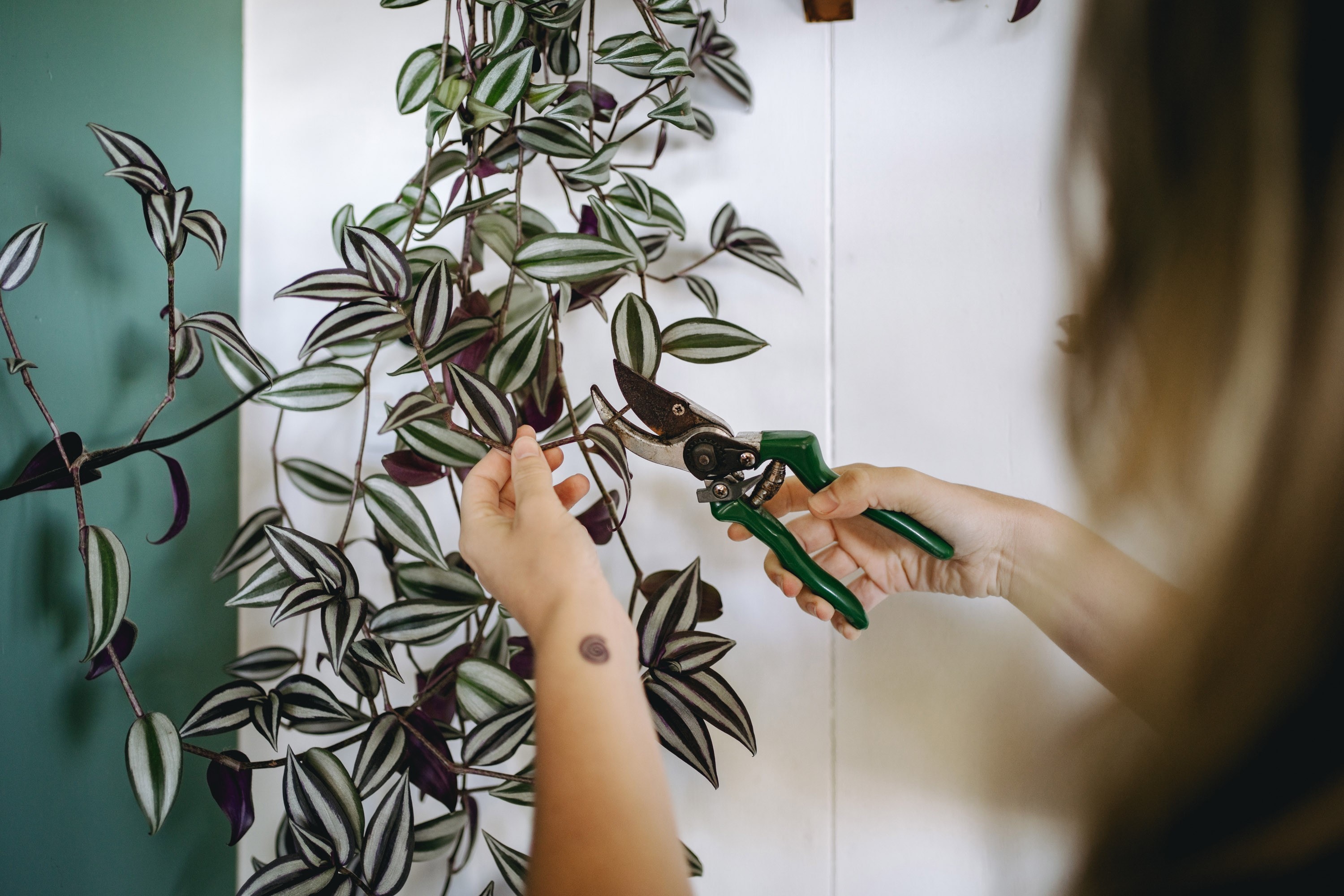
Assess plant health
Prune them before the move
Before moving day, give your plants a little TLC by trimming any overgrown or damaged leaves and branches. Pruning not only makes them more manageable for transport but also promotes healthy growth once they’re settled in their new home. For flowering plants, remove spent blooms to conserve energy during the move.
Check for pests and disease
Inspect plants for any signs of pests or diseases that could spread to other plants or new surroundings. So your plants are pest-free on the big day, treat infestations a few weeks before the move with natural remedies like neem oil or insecticidal soap. Keep in mind that these remedies may not address all issues, so it’s important to research specific treatments for particular insects or fungi. If you're unsure, your local plant nursery should be happy to advise you.
Water wisely
Water plants a couple of days before the move. Make sure the soil is moist but not overly wet, as soggy soil adds weight and risks damage.

Legal considerations
Moving plants across state in Australia requires compliance with biosecurity regulations. If you're taking plants across state lines, be sure to research resources like the Australian Interstate Quarantine website or consult the Australian Department of Agriculture’s website on biosecurity regulations.
For example, Queensland restricts certain citrus plants due to the risk of citrus canker, while Western Australia has strict controls on soil-borne pests like root-knot nematodes.
Packing techniques to protect plants
Before loading up the moving truck, it’s important to think about how to protect your plants from damage during the move. Proper packing is key to ensuring their safety, especially when navigating tight spaces, bumpy roads, and varying temperatures. By taking the time to pack them up correctly, you can greatly reduce the risk of breakage or stress. Here’s how to do it right.
Small plants
Transfer into lightweight plastic pots weeks before moving. Use sturdy boxes with ventilation holes, filling gaps with packing paper to prevent shifting. Label boxes as ‘Fragile’ and ‘Live Plants.’
Large plants and trees
Wrap foliage in soft material to prevent damage. Cotton sheets, old T-shirts, muslin cloth, or lightweight fleece are excellent choices for wrapping the foliage of large plants and trees.
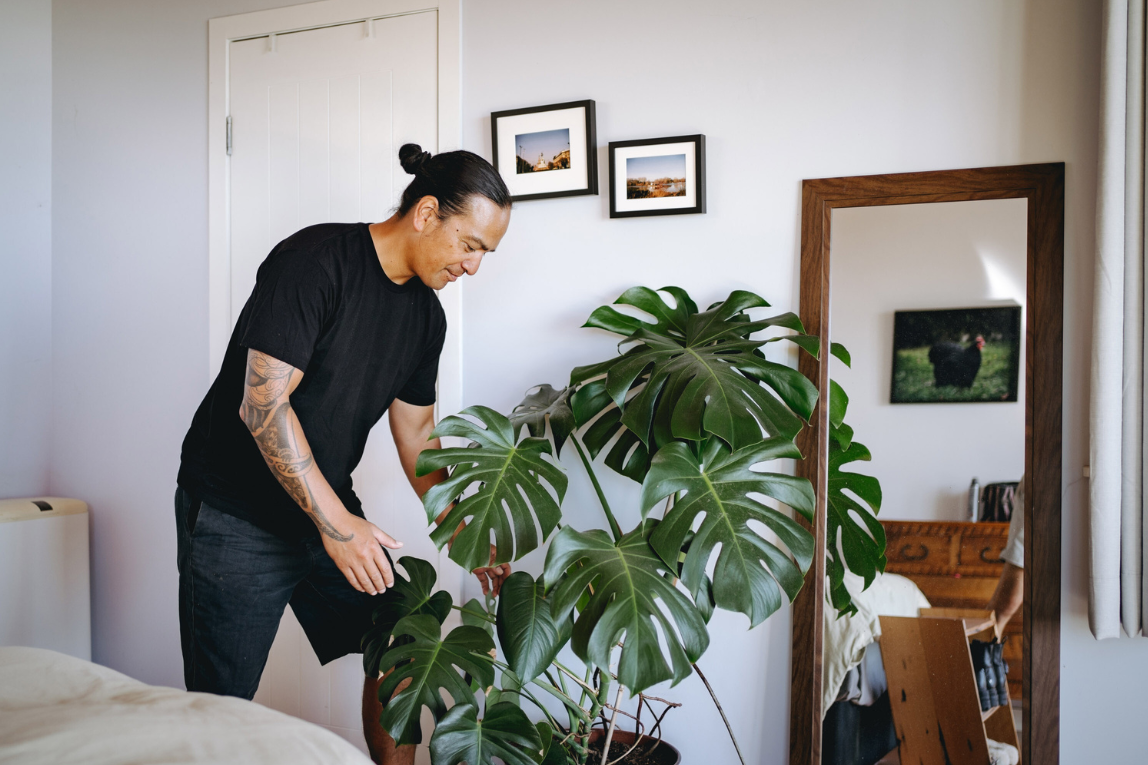
Use a hand trolley for safe movement, and consider reducing soil weight for easier handling. If the plant is too large, find a professional removalist with expertise in handling large greenery.
For more tips on managing bulky items, read our guide on how to move large items safely.
Support for taller plants
Tall plants often need extra care during a move. Support their stems with stakes or ties to prevent breakage, and wrap delicate foliage in cloth to shield it from damage.
Natives
If you’re moving with native plants like kangaroo paw or bottlebrush, ensure they are secured in breathable wrapping to avoid damage to their stems and flowers.
Cacti and succulents
Cacti and succulents require special handling due to their delicate structures. Wrap them individually in soft materials, like tissue paper or newspaper, to protect their spines and leaves. Place them in small, sturdy containers to prevent tipping over during the move.
Fragile plants
Delicate plants like orchids and ferns can be easily stressed during a move. Use soft materials, such as foam or cotton padding, to cushion leaves and flowers. Transport these plants in climate-controlled conditions when possible.
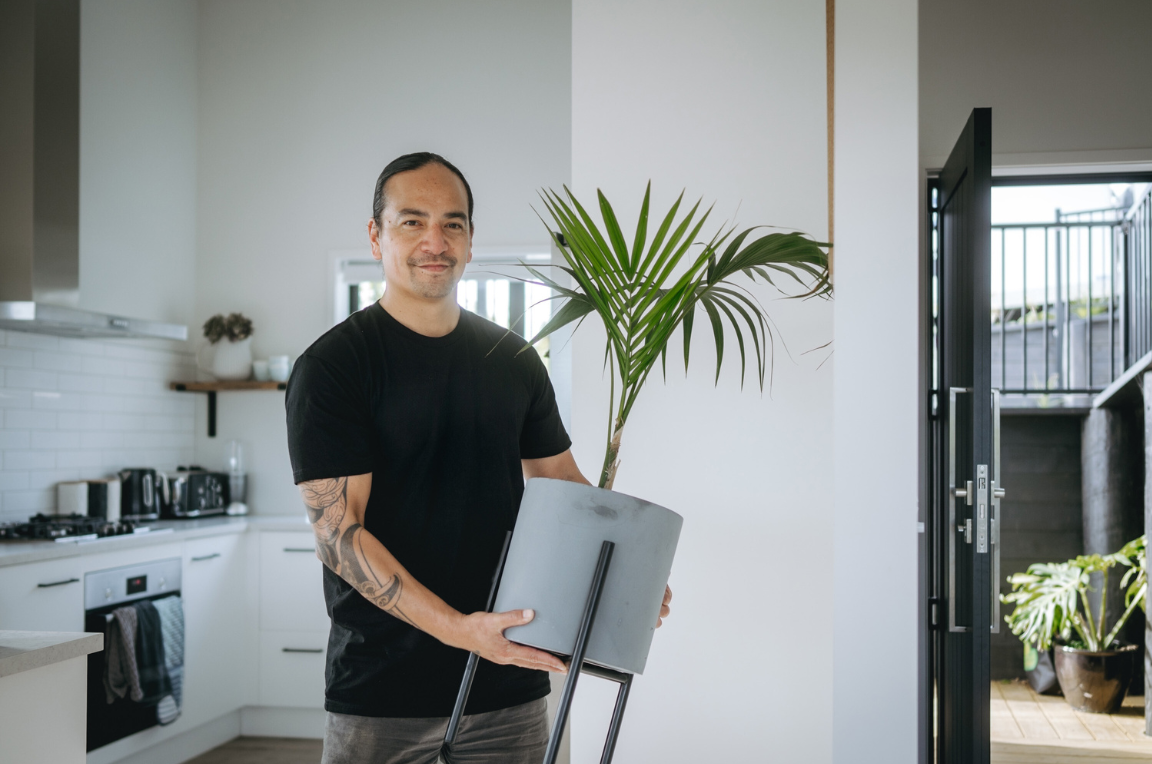
Sustainable moving practices
Recycling containers
Use biodegradable pots or recyclable materials for transporting your plants. Avoid disposable plastics wherever possible to reduce waste and make your move more eco-friendly.
Donating plants
If you have plants that are too large or restricted by regulations, consider donating them to neighbours, friends, or local community gardens. It’s a great way to ensure they continue to thrive and bring joy to others.
Transporting plants safely
Packing your plants is only half the challenge; transporting them safely ensures they arrive ready to thrive. Here’s how to minimise damage during the move.
How to load them
Make sure to place plants in a stable, upright position inside the vehicle, away from heavy items.
Temperature considerations
Extreme temperatures can harm plants, so plan for the weather on moving day. In winter, cover plants with breathable fabric to protect them from frost. In summer, ensure good ventilation in the vehicle and avoid exposing them to direct sunlight for extended periods.

Special considerations for long-distance moves
For longer journeys, consider hiring professional removalists with experience in plant relocation.
They can provide climate-controlled transport and interim care, like watering during transit. Long-distance moves might need extra planning to minimise stress on plants.
Post Move
Don’t delay unpacking
Carefully remove coverings and check your plants for stress or damage. If needed, repot them in fresh soil to give their roots room to breathe and recover. Avoid fertilizing right away, as the stress of the move may make plants more sensitive.
Mimic their old environment
Place plants in locations with similar light and humidity levels. Then, gradually reintroduce regular watering schedules to avoid overhydration.
Watering and feeding schedule
In areas like Melbourne, plants could experience shock due to cooler climates, so it’s important to adjust watering schedules gradually. Do this by checking soil moisture levels before each watering. Overhydration can also harm stressed plants, so it’s best to stick to light watering initially and wait a week or two before you resume regular feeding schedules.
Common mistakes to avoid
Overwatering before moving
Watering too much before the move can cause root rot, especially during transit. Stick to light watering a day or two before moving to keep the soil moist without making it soggy.
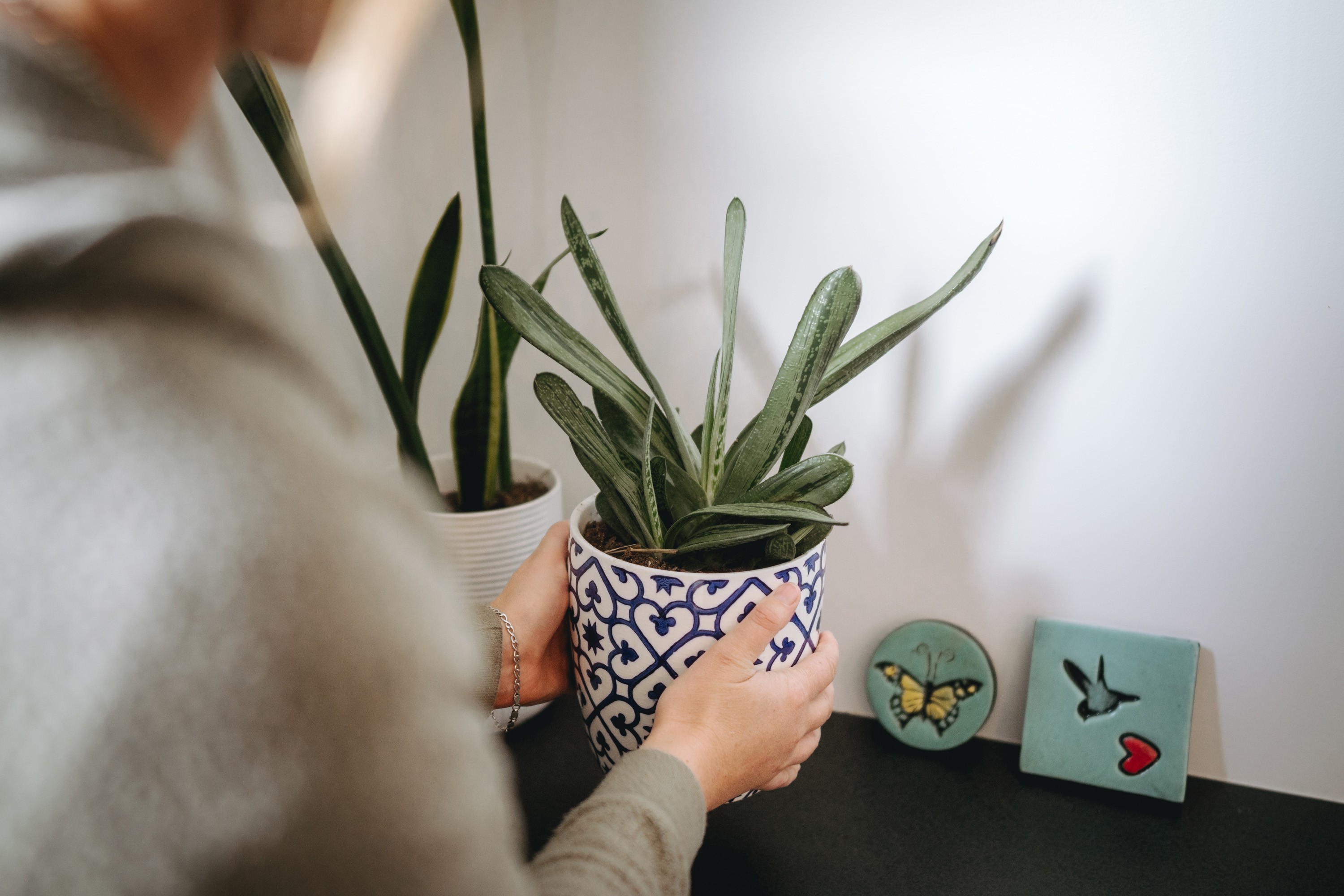
Ignoring plant types
Each plant has unique needs during a move. Research specific care tips for your plants, such as humidity requirements for tropical varieties or special packing methods for succulents.
Overpacking
Avoid cramming multiple plants into a single container, as overcrowding can damage roots and foliage. Give each plant enough space to breathe and move safely.
Ignoring legal restrictions
Crossing state lines with plants can violate biosecurity regulations, leading to fines or confiscation. Always check state-specific rules and prepare your plants accordingly.
Leaving in the car overnight
Never leave plants in a car overnight. Temperatures can drop drastically or rise to dangerous levels for plants, even in moderate weather, causing irreversible damage.
Skipping acclimation
Failing to acclimate plants to their new environment can cause shock and hinder their growth. Gradually adjust their light and humidity exposure to match the new space.
Final thoughts
Moving with plants requires careful planning and attention, but the reward is seeing them flourish in their new surroundings. From understanding plant stress and preparing them with care to packing securely and considering legal regulations, every step plays a vital role in protecting your green companions. Long-distance moves and sustainable practices mean extra attention, but they ensure your plants not only survive but thrive in their new home.
By using Upmove, you can access user-reviewed removalists so your plants are in trustworthy hands during the move.
Take the time to plan carefully, and your efforts will reward you with a flourishing green sanctuary in your new space.
Book caring local removalists to ensure your plants are moved safely and hassle-free.
What do our customers say?


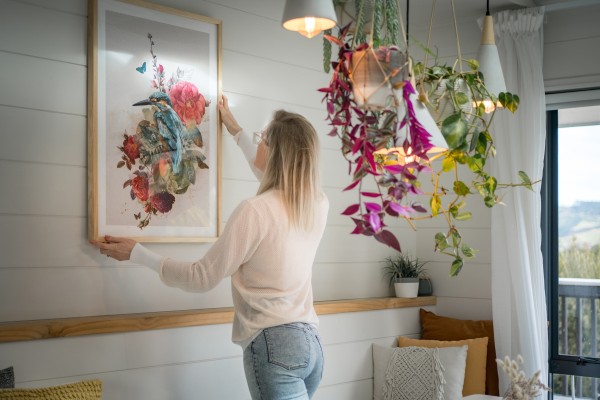
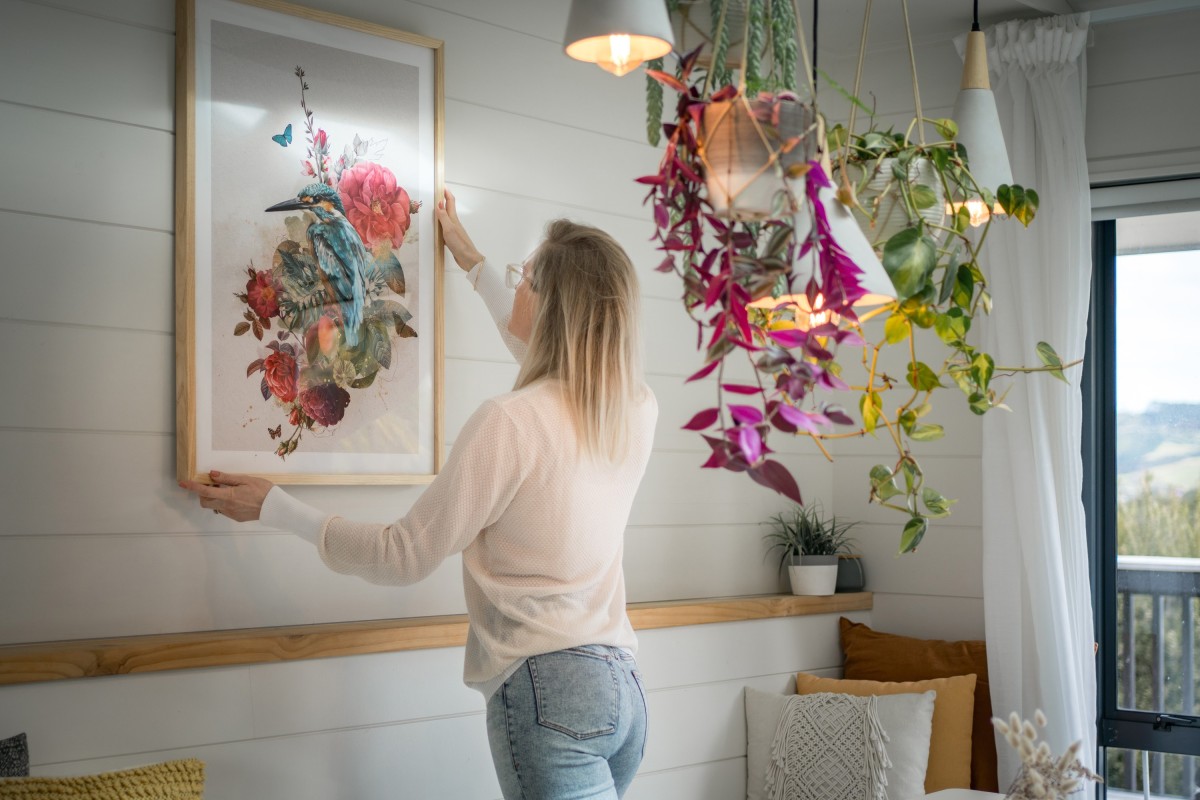

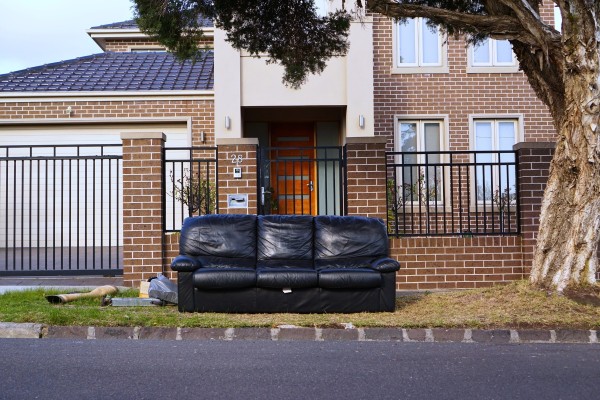
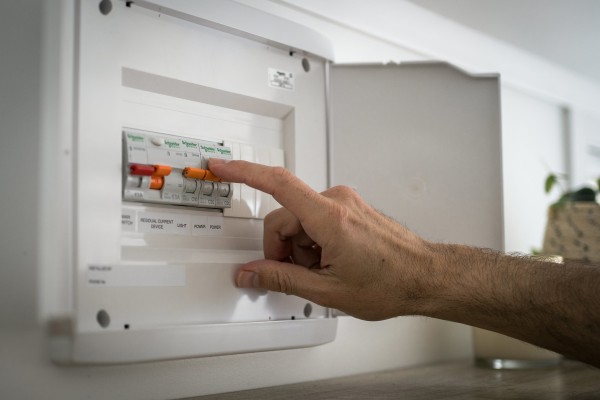
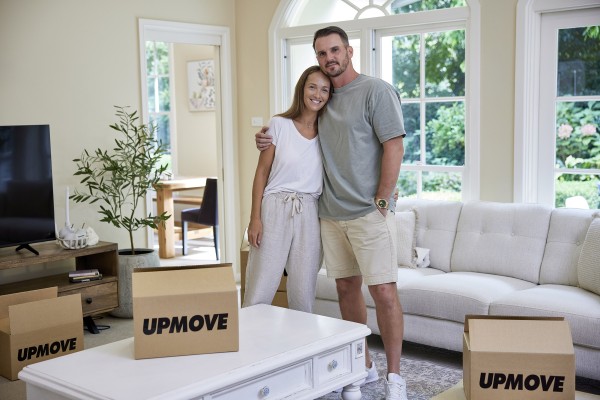

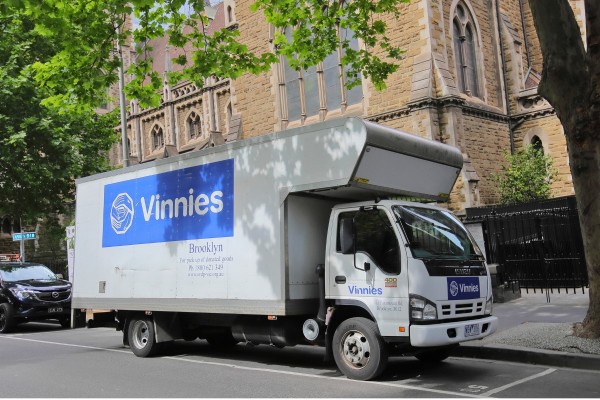
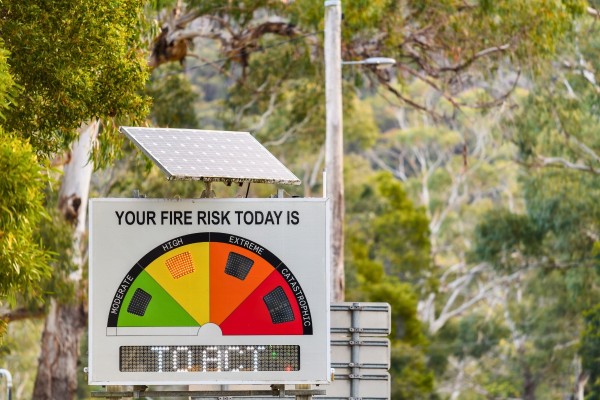
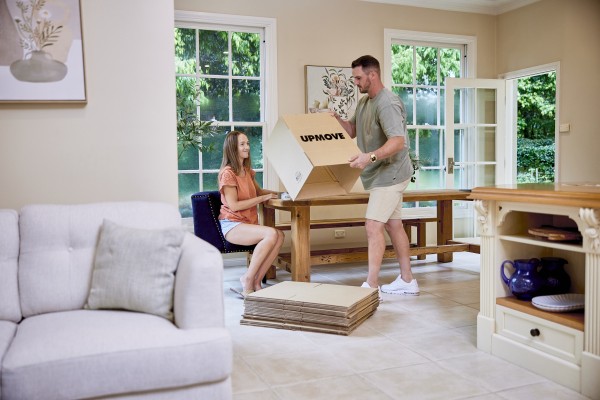
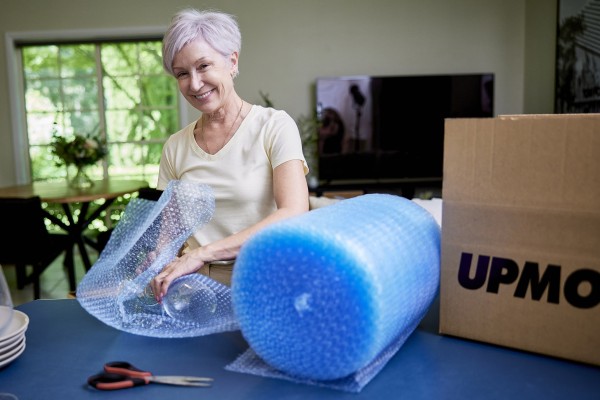
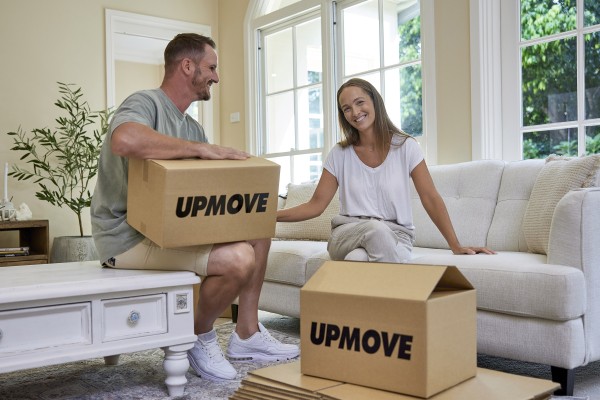

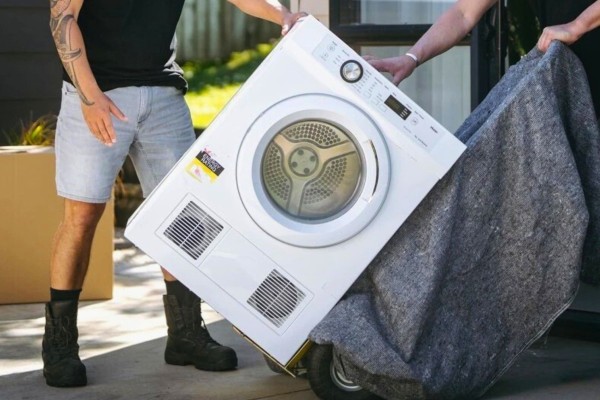


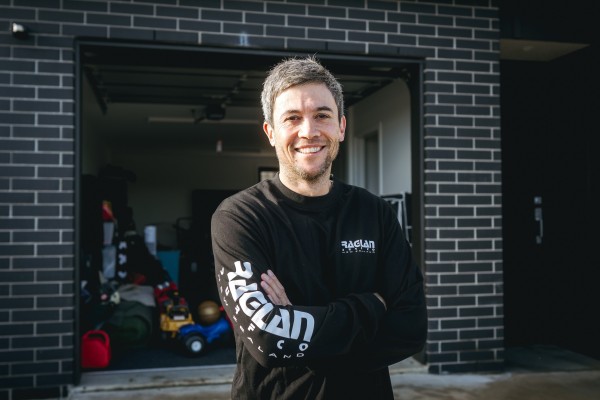

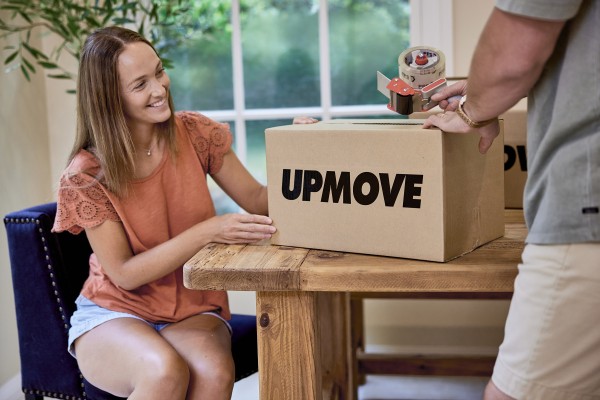
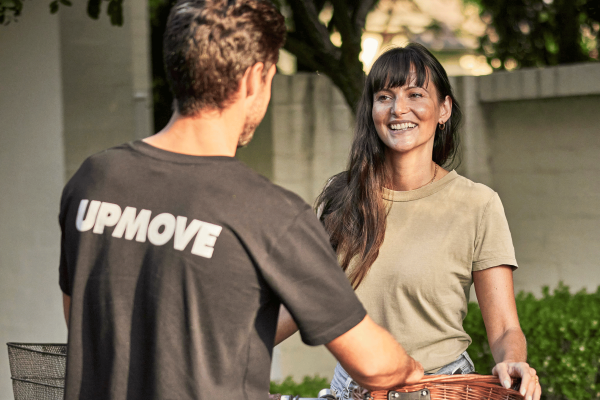
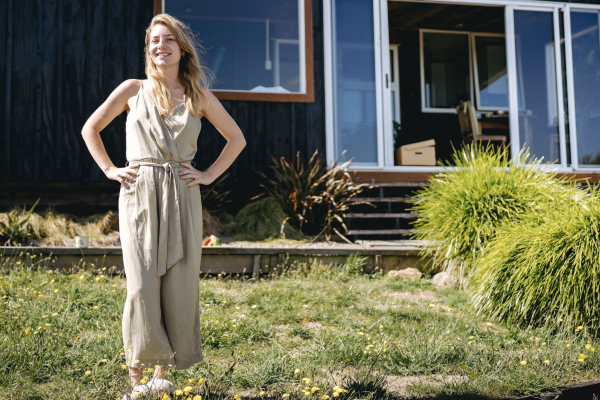



![Electric Bass Guitar Amplifier [90x70x35cm ; 50kgs], Electric Bass Gui... Electric Bass Guitar Amplifier [90x70x35cm ; 50kgs], Electric Bass Gui...](https://cdn.upmove.com.au/image/listing/3526991a6bdc56e645ac1b2a540b126e.jpeg)


